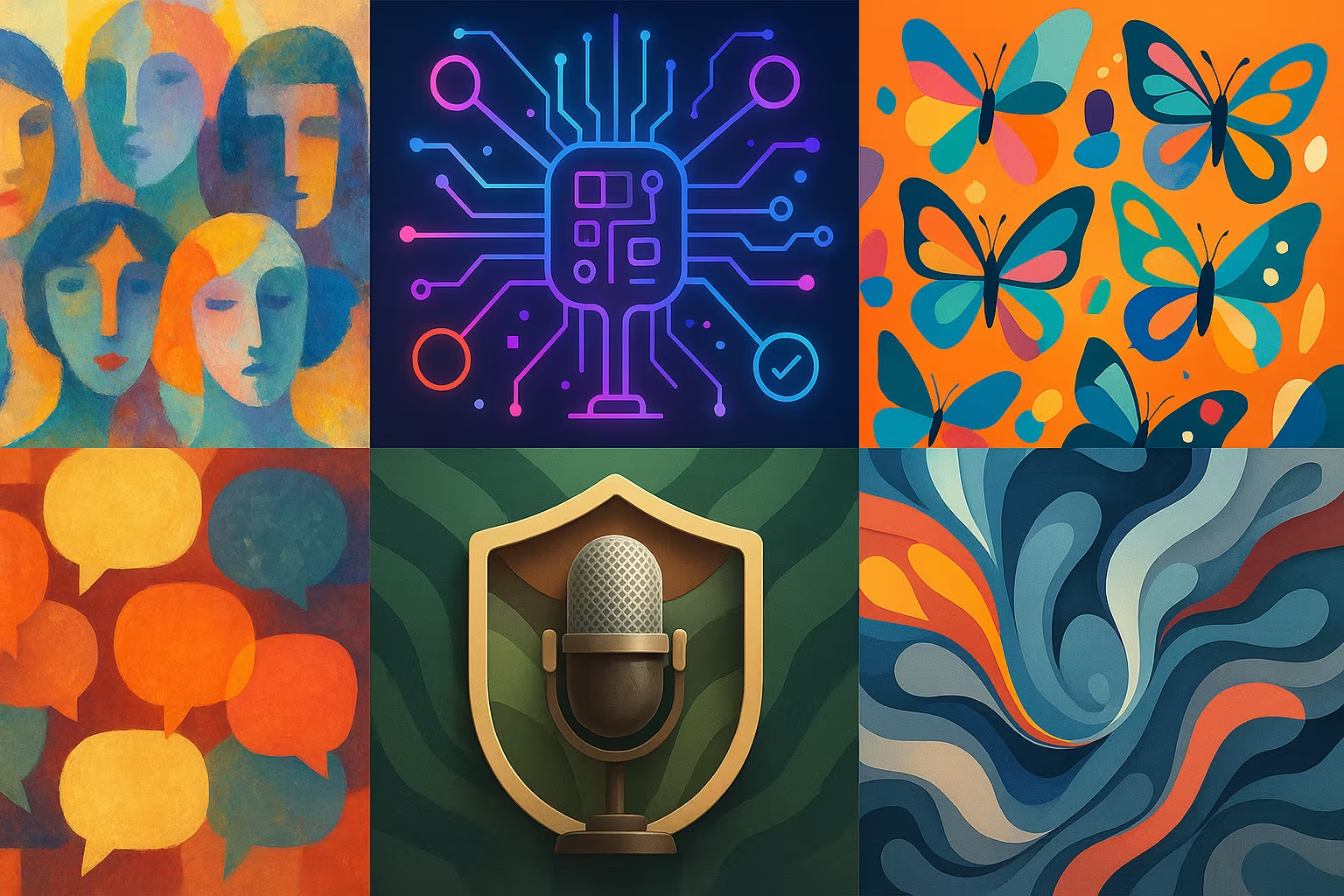Cambrian Alignment Dataset
Cambrian-Alignment dataset containing question-answer alignment data from multiple sources including LLava, Mini-Gemini, Allava, and ShareGPT4V. Used to improve the consistency of responses in multimodal models combining vision and language. The dataset is large and comes in the form of archives to be extracted and merged before use.
Description
The dataset Cambrian-Alignment groups together question-answer pairs used for the alignment of multimodal models combining text and images. It brings together data from several projects such as LLava, Mini-Gemini, Allava, and ShareGPT4V. The dataset is primarily used to refine and assess the ability of models to produce consistent and relevant responses in a multimodal context.
What is this dataset for?
- Train and align multimodal models (vision + language) to improve contextual understanding
- Evaluate the quality of LLM responses on multimodal interaction tasks
- Creating robust benchmarks for advanced multimodal systems
Can it be enriched or improved?
This dataset can be completed with other alignment data from various sources or adapted to specific domains. The detailed annotation of the answers can also improve the quality of the training. Additional multimodal dialogue data can be integrated to strengthen diversity and coverage.
🔎 In summary
🧠 Recommended for
- Multimodality researchers
- LLM developers
- Advanced AI R&D teams
🔧 Compatible tools
- PyTorch
- Hugging Face Datasets
- Multimodal frameworks
💡 Tip
Prepare a sufficient storage environment and automate data extraction and fusion before training.
Frequently Asked Questions
What is the approximate size of the Cambrian-Alignment dataset?
The dataset exceeds 50 GB and is divided into several tar archives to be merged and extracted.
Is this dataset suitable for machine learning beginners?
No, it requires technical skills to manage large files and extract them.
Can this dataset be used to train multimodal models?
Yes, it is specifically designed for the alignment and fine-tuning of multimodal models combining vision and language.






